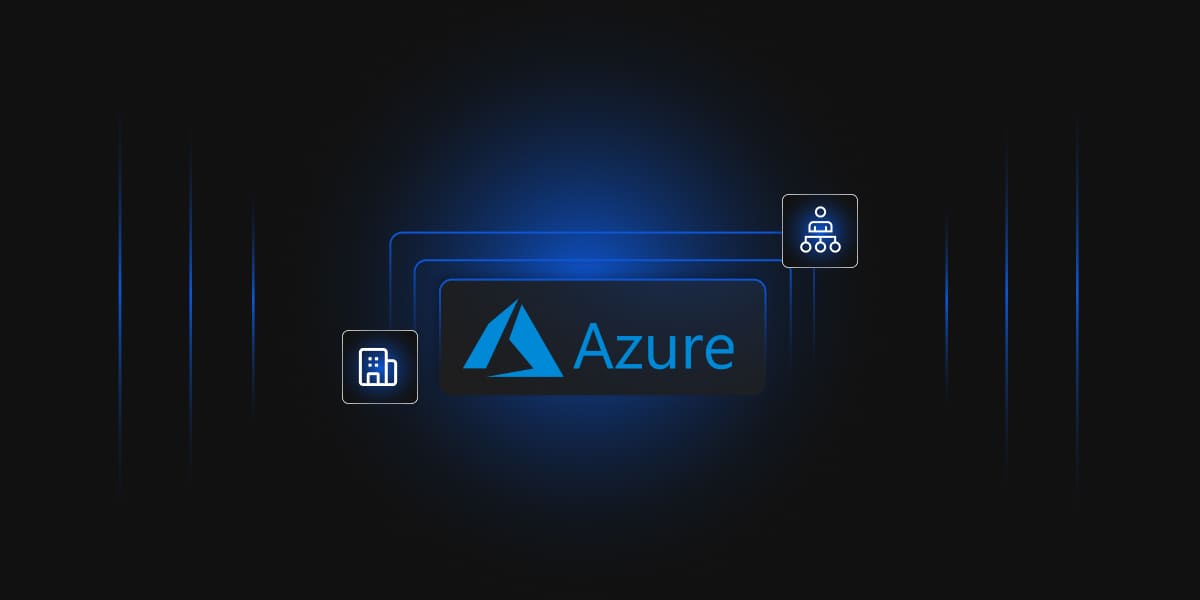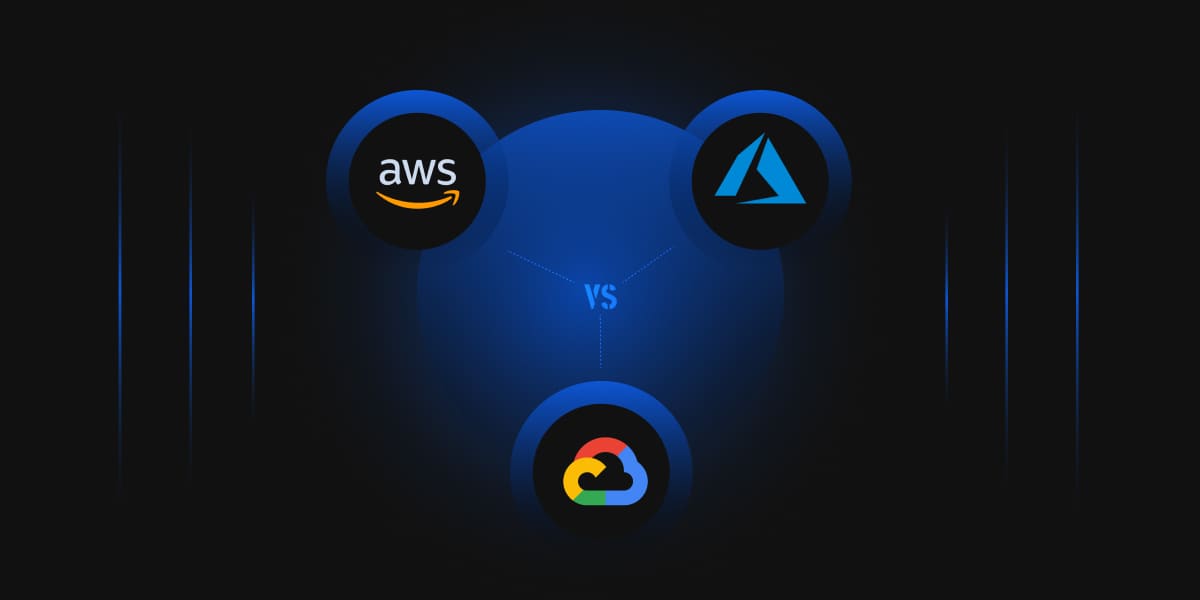Introduction
Encryption is a process that takes plaintext as input and transforms it into an output (ciphertext) that reveals no information about the plaintext. Encryption adds a layer of defense for protecting data and ensures that if the data accidentally falls into an attacker’s hands, they cannot access the data without having access to the encryption keys. Even if an attacker obtains the storage devices containing your data, they will not be able to understand or decrypt it.
Data Encryption Options
Cloud storage encrypts data on the server-side before it is written to disk, at no additional charge. Besides this standard, there are additional ways to encrypt the data while using Cloud Storage.
Below are the available encryption options for Google Cloud:
Server-side encryption
Google Cloud Storage performs server-side encryption by default on all uploaded objects. All data is broken into chunks which can be up to several GB in size. Using envelope encryption, each chunk of data is encrypted with a unique Data Encryption Key (DEK) that is also encrypted with a Key Encryption Key (KEK). The encrypted version of the DEK is then stored alongside the encrypted data, and the encrypted chunks of data are distributed across Google’s storage systems
Google Cloud Storage supports server-side encryption with two key options:
Customer-supplied encryption keys:
With the customer-supplied encryption key (CSEK) option, users must generate their own AES 256
symmetric key and provide it to google cloud storage for encryption/decryption operations. The CSEK is only stored in storage system memory and never persisted on any Google Cloud device
Cloud storage does not permanently store user’s key on Google’s servers or otherwise manage user’s key. Instead, the user provide key for each cloud storage operation, and the key is purged from Google’s server after completion of the operation. The customer-supplied encryption key is hashed and then purged from the storage system. The cryptographic hash is used to validate (future requests) but cannot be used to decrypt data or to reconstruct a key When the customer supplies the encryption key, cloud storage uses the key while encrypting
- the object data
- the object’s checksum
- the object’s hash
Cloud Storage uses standard server-side keys to encrypt the remaining metadata for the object, including the object’s name.Encryption and Decryption workflow mentioned below:
- The CSEK is provided to Google Cloud Storage along with the data upload
- Data is broken into sub-file chunks
- A Google Cloud Storage system calls a common cryptographic library that Google maintains, called CrunchyCrypt, to generate a unique, one-time key called DEK
- Each data chunk is encrypted using a DEK
- The storage system then uses the CSEK as the KEK and encrypts the DEK
- The encrypted DEK is stored alongside the ciphertext chunk it encrypted in Google Cloud Storage while the plaintext version of the DEK is deleted from memory
- The customer-supplied encryption key is hashed and then purged from the storage system. The cryptographic hash is used to validate future requests but cannot be used to decrypt data or reconstruct the key
- The client or application requests data from Google Cloud Storage while supplying the CSEK
- Google Cloud Storage identifies the chunks in which the data is stored and where the chunks reside and retrieves the chunks
- For each data chunk, the storage system retrieves the encrypted DEK and decrypts it using the CSEK
- Once the decryption is done using DEK, the storage system discards the DEK and sends the decrypted data to the client or application that requested the data
Customer-managed encryption keys:
Customer-managed encryption keys are keys generated for users by Cloud Key Management Service (KMS), that the user manages themselves. These keys act as an additional encryption layer on top of the standard Cloud Storage encryption.The encryption and decryption workflow:
- Data is broken into sub-file chunks after being uploaded to Google Cloud
- A Google Cloud Storage system calls a common cryptographic library that Google maintains, called CrunchyCrypt, to generate a unique one-time use DEK
- Each data chunk is encrypted using a DEK
- The storage system then sends the DEK to Google’s Key Management Service (KMS) to be encrypted using that storage system’s associated Key Encryption Key (KEK)
- The encrypted DEK is stored alongside the ciphertext chunk it encrypted in Google Cloud Storage while the plaintext version of the DEK is deleted from memory
- When data is requested, Google Cloud Storage identifies the chunks in which the data is stored and where the chunks reside and retrieves the chunks
- For each data chunk, the storage system retrieves the encrypted DEK and sends it to Google’s KMS for decryption
- KMS sends the decrypted DEK to the storage system where it is used to decrypt the data
- The storage system discards the DEK and sends the decrypted data to the client that requested the data
Client-side encryption:
With this option, Users create and manages its own encryption keys. Users must encrypt the data before sending it to cloud storage. The encrypted data on the client side arrives at cloud storage in an encrypted state. When cloud storage receives the data, one more time the data will be encrypted. This second encryption is called server-side encryption, which Cloud Storage manages. While retrieving the data, cloud storage removes the server-side layer of encryption, but user must decrypt the client-side layer by themselves.
Benefits
Customer-managed keys provide the following benefits:
- More Control over Data Access:
- Customer-managed keys provide an extra level of security for customers with sensitive data.
- When the customer decides to disable access, data can no longer be decrypted
- Stop Data Breaches:
- In this case, disabling customer-managed keys will allows customers to stop ongoing exfiltration of their data
- More Control over Data Lifecycle:
- Using customer-managed keys, sensitive data is encrypted with the customer’s key. Without customer’s/users consent no one can decrypt the data
- The customer has full control over the data’s lifecycle
- Secure
- Compute assets are encrypted using the industry-leading AES-256 standard, and Google never retains users’ keys, meaning Google cannot decrypt user’s data at rest.
- Comprehensive
- Customer-Supplied Encryption Keys cover all forms of data at rest for Compute Engine, including boot and data persistent disks.
- Fast
- Google Compute Engine is already encrypting user’s data at rest, and Customer-Supplied Encryption Keys gives user greater control, without additional overhead.




